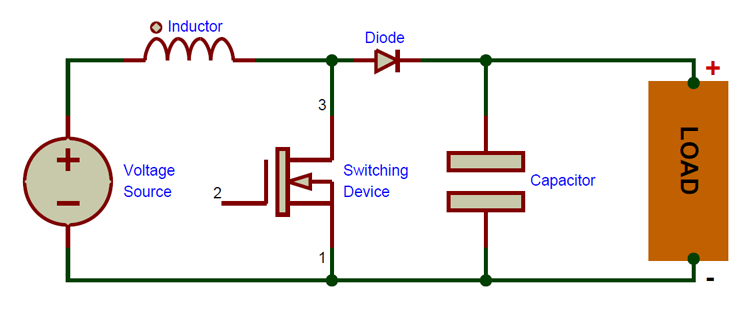Follow along with the video below to see how to install our site as a web app on your home screen.
Note: This feature may not be available in some browsers.
I'd like to request suggestions for the structure of this circuit.
I'm sorry, sir, I'm not a student of this major, and I have never learned the knowledge of switching power supply. The purpose of my question is to know the idea of circuit structure, and then find suitable materials to learn to build the circuit.Thread move to Homework Help.
Unfortunately he's an incompetent or lazy student, and wants his work doing for him.

 openlibrary.org
openlibrary.org
哈特,DW,电力电子
Analog Devices 的 LTspice Simualtor
Power electronics by Daniel W. Hart | Open Library
Power electronics by Daniel W. Hart, 2011, McGraw-Hill edition, in Englishopenlibrary.org
以下模拟不适用于构建,因为它包含需要设计的适合模拟的高级块。
View attachment 149553
View attachment 149554
View attachment 149555
You're welcome@Songrr wrote:
Thank you so much! I've been struggling with this for the past few days, but nothing has progressed, and your reply really points me in the right direction. Thank you very much!
The purpose of my question is to know the idea of circuit structure


